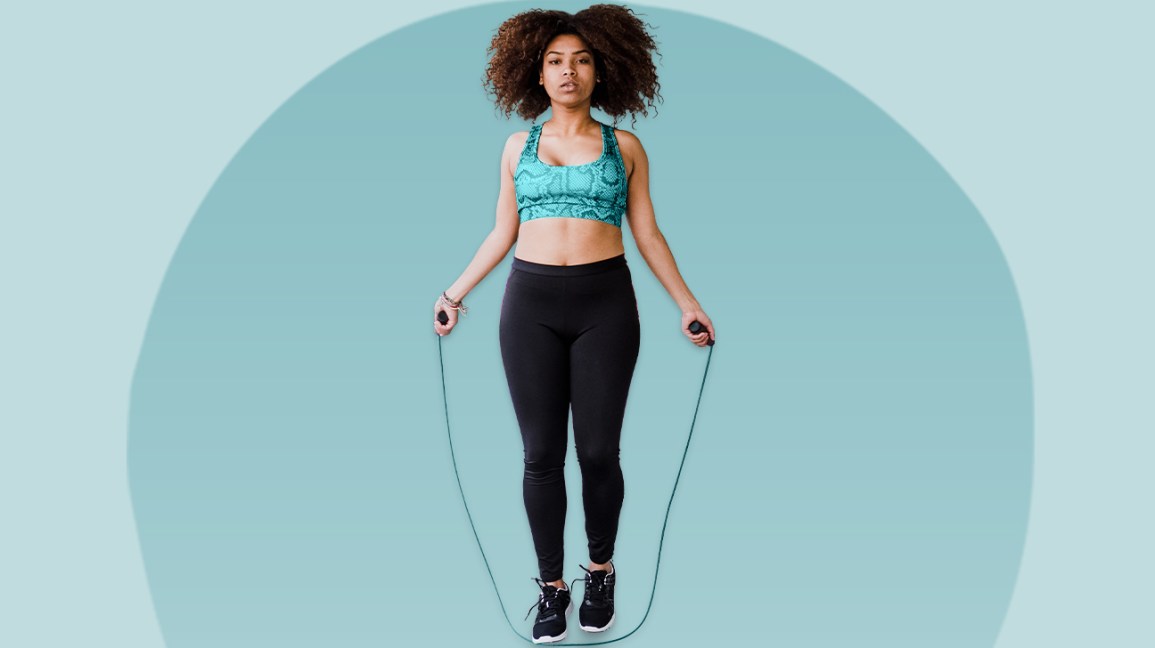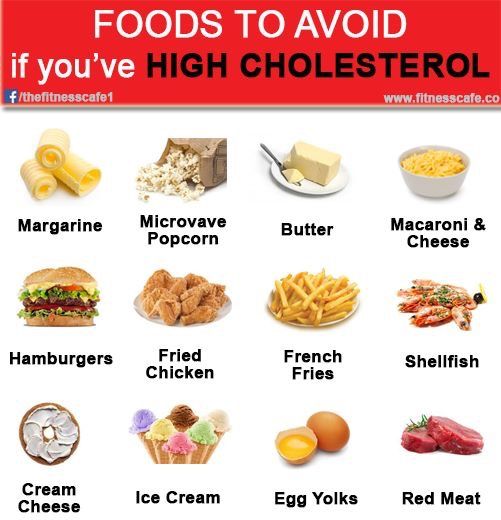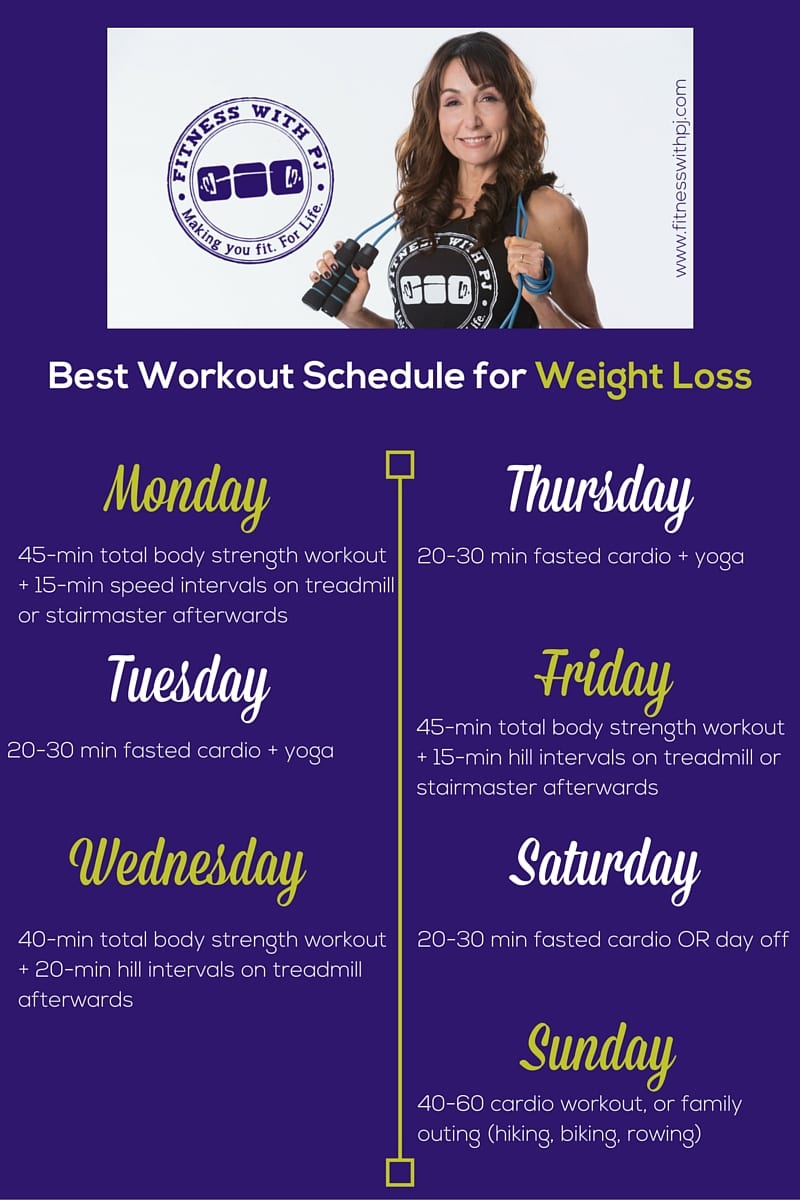
You have the choice of High-intensity Cardio or Moderate-intensity Cardio. If you are considering performing a cardio workout for weight loss, you should consider the types of exercises. This article will cover the advantages and disadvantages of each type of cardio. Walking, for example, is a great cardio exercise option. Walking offers many benefits over other cardio exercises, and you can get exercise at the same time.
High-intensity cardio
The key to high-intensity cardio for weight loss is varying the intensity of exercise. By doing so, you burn more calories and fat per unit time. Exercise at moderate intensity will result in you burning around 100 calories each minute, while high intensity will result in you burning about 200 calories. But, different techniques may work for different people. A variety of exercises can improve different body types. For this reason, it is advisable to try different workout types.
Cardio with high intensity is great for building endurance and stamina, as well as weight loss. You will lose more calories if you increase the intensity. Besides this, it will also strengthen your heart and lungs, which are important components of your overall health. You can maximize your results by including cardio exercises into your day. To get the best results, combine high-intensity with low-intensity cardio.

Low-intensity cardio
Low-intensity cardio is great for weight loss. Low-impact exercise is less demanding on the joints than high-impact cardio, which makes it more suitable for those with weaker or injured joints. Walking, biking, and swimming are some of the most common low-intensity activities. Although there isn’t any clear connection between high or low intensity cardio, weight loss can be achieved with all types of low-impact activities.
A study looked at the effects on low-intensity cardio when performed on an empty stomach as compared to fasting. Participants had to fast overnight or consume a meal replacement shake before they could do low-intensity cardio. The subjects also adhered to a caloric deficit diet. Both groups experienced the same weight loss. The study showed that both groups lost approximately the same weight.
Cardio of moderate intensity
You know that high-intensity cardio will help you lose weight. But what exactly is moderate-intensity cardio? Medium-intensity cardiovascular is more manageable than high-intensity cardio. It is performed at speeds of up to 80% of maximum heart rate. Medium-intensity cardio burns more fat per minute than high-intensity cardio.
The type of exercise that burns fat depends on your capabilities, fitness level, and personal preferences. Although it is more difficult, high-intensity cardio can help you lose weight quicker. If you have trouble burning fat with moderate-intensity cardio, you should consider a low-intensity cardio routine. It will be more gentle on your joints to do moderate-intensity exercises than those that are high-intensity. You will also notice a shift in your body's ability to burn fat if you do these workouts for at least an hour.

Walking
Walking is a great cardio exercise for weight loss. Walking does not cause muscle gain, which can be important for anyone trying to lose weight. Walking also requires little recovery time, so you can walk for hours and burn calories without detracting from your weight-room progress. It's free! It's free! Here are some tips for maximising your walking sessions. These techniques will help you to lose weight quickly, and safely. Find a regular routine and stick with it.
First, you should challenge your cardiovascular endurance. Cardiovascular endurance, which is key to losing weight, is closely linked to your level fitness. The higher your heart rate, the more calories you'll burn. To find out your maximum heart rate, subtract your age from 220 and multiply by 0.6. For example, a 30-yearold's maximum heartbeat would be 190 beats per hour. Walking at 60 percent intensity would require only 114 beats per min.
FAQ
How to Lose Weight
Losing weight is one of the most popular goals among people who want to look good. People lose weight for a variety of reasons. They want to live longer, be healthier, and live longer. There are many different ways to lose weight. Cardio training, strength training yoga, pilates running, swimming and cycling are just a few of the options. Each exercise has its advantages and disadvantages. If you are looking to burn calories, walking is your best choice. However, if you want to build muscle mass, then lifting weights would be the best choice. In this article we will discuss the best exercises to use to lose weight.
The first thing to consider when losing weight is what kind of diet plan you should follow. It doesn't mean you have to eat less, but it is important to avoid junk food and eat more fresh foods. Aim to consume no less than 2200 calories each day. If you want to lose weight faster, you should reduce your calorie intake even further. This way, you will get rid of fat much faster.
Exercise is a great way to lose weight quickly. Exercise can help you lose calories and speed up your metabolism. A healthy diet and exercise are key to losing weight. You'll lose more energy by exercising, so you'll be unable to eat as many calories. Your body will burn fat more quickly if you do your workouts regularly. Regular exercise is a great way to keep fit and healthy. They keep you fit and prevent diseases such as diabetes, heart disease, obesity, hypertension, etc.
You should walk as much as you can. Walking burns approximately 500 calories each hour. Walk 30 minutes per day to burn around 1500 calories. Therefore, you will lose 1 pound of fat per week. You can also run for 10 minutes or jog. Running burns approximately 1000 calories an hour. If your goal is to lose 5 pounds in 3 weeks, you should run for 20 minutes three times a week.
The best way to lose weight? Combine exercise and healthy eating habits. Try to find a balance between these two factors.
What amount of exercise is necessary to lose weight?
There are many factors that impact the amount you exercise to lose weight. However, generally speaking, most people need at least 30 minutes of moderate physical activity five days per week.
The American College of Sports Medicine recommends 150 mins of moderate-intensity aerobic exercise per week spread over three consecutive days.
You can lose 10 pounds by doing 300 minutes of moderate-intensity exercises each week, for example. This includes activities like jogging or running, swimming laps and biking.
Consider doing 20 minutes of vigorous exercise thrice a week if you are just starting out. You could do sprints, lifting weights or jumping rope.
Aerobic exercise can help burn calories as well as build muscle mass. Muscle burns more calories per calorie than fat. Building muscle and losing weight can help you reach your goals faster.
Why lose weight before you reach 40 years old?
For people over 40, maintaining good health and fitness are essential. It is essential to find ways to stay fit throughout one's life. This means regular exercise, healthy eating habits, not smoking, moderate alcohol intake, and regular exercise.
It is also important to understand that as we get older, our bodies change. Our bones weaken and our muscles shrink. We can slow down the aging process by taking care of ourselves.
It is important to stay healthy and fit as you age. These include:
-
Better sleep
-
Better mood
-
Increased energy
-
Lower risk of developing cancer
-
A longer life
-
More independence
-
Better sex
-
Better memory
-
Improved concentration
-
Increased circulation
-
Stronger immune system
-
There are fewer aches and pains
How long does it take for you to lose weight?
Weight loss takes time. It usually takes six to eight months to lose 10%.
You should not expect to lose weight overnight. Your body will take time to adjust to changes in diet.
This means that your diet should be gradually changed over many days or weeks.
You should also stop trying fad diets. They don't work. Instead, focus on improving your daily routine.
You should stop eating unhealthy snacks late at nights, for example.
Instead, you should eat healthier meals earlier in the evening. This will ensure that you don't snack late at night.
Drinking water throughout the day is also important. Water keeps your body hydrated and prevents dehydration. Dehydration makes you feel tired and sluggish.
Drinking lots of water throughout the day can help you stay energized, focused, and alert.
Finally, you should reduce stress levels by doing things that relax you. You can spend time with family members, for example.
You can also listen to music or read books.
These activities can help you relax from stressful situations. In addition, they will improve your mood and boost your self-esteem.
When you are trying to lose weight, it is important to consider your health first.
Your physical fitness level is an indicator of your overall health. If you are looking to improve your physical fitness, it is important that you eat well and do regular exercise.
What Amount of Weight Can You Lose In A Week?
Your current body fat percentage will determine how much weight you can lose. It is important to first calculate how much weight you wish to lose. Then, determine your BMI. Your BMI indicates how much weight we should lose to achieve our goal. If your BMI is 25 or greater, you're overweight. If your BMI is more than 30, you are obese.
For example, if 200 pounds is your BMI, it would be 28.7. To get to a healthy weight range, you'd need 70 pounds of weight loss. To see if you're overweight, visit www.healthyminds.com/bmi/.
This formula can be used to calculate how many pounds you will lose each week once you have determined your BMI.
(Your Goal Weight - Current Weight)/BMI * 7 Number Of Pounds Lost Per Week
You would need to do 2 weeks of exercise to lose 50 lbs in one month. This is equal to 56 days. Divide that by 7 pounds per week. This works out at 8.3 pounds per week.
You could also try this calculator from www.weightlosscalculator.net. It will give you an approximate estimate of the calories you need to lose 1 pound each week.
Why Exercise Is Important to Weight Loss?
The human body is an amazing machine. It was designed to move. Our bodies are designed to move, whether we're running, swimming or biking, lifting weights, doing sports, jumping rope, walking or standing still.
Exercise helps to burn calories and improve muscle tone. This makes you feel better physically and mentally. Exercise is an important part of weight loss.
-
The exercise increases metabolism. Active people use energy. When you move, your heart beats quicker, blood flows to your muscles, oxygen is absorbed by your lungs, and blood flows faster to your muscles. All of these activities require energy. Exercise can help you burn more calories and increase your metabolism rate. Calories refer to how much energy you use during physical activity.
-
Exercise reduces appetite. When you work out, you will naturally eat less calories.
-
Strengthen your body through exercise Muscle tissue takes more energy to work than fat tissue. If you build muscle mass, you will require less food to maintain your weight.
-
Exercise releases endorphins. Endorphins can make you happy. When you exercise, endorphins are released into your bloodstream. Endorphins have been shown to prevent pain signals from reaching your brain. This gives you a feeling of well-being.
-
Exercise improves self-esteem. Exercise regularly leads to higher self-esteem. This leads to healthier lives.
Small changes are the best way to lose weight. These tips can be added to your daily routine.
Are there any side effects to intermittent fasting
Intermittent fasting doesn't have any known side effect. But, it is possible to experience minor side effects if you plan poorly.
For instance, if breakfast is skipped, you might feel uneasy all day. Headaches, dizziness, fatigue and muscle cramps are all possible.
These symptoms are usually gone within a few days.
Statistics
- Another study found that 24 weeks of weight training led to a 9% increase in metabolic rate among men, which equated to burning approximately 140 more calories per day. (healthline.com)
- Among women, the increase in metabolic rate was nearly 4%, or 50 more calories per day (14Trusted Source (healthline.com)
- One 6-month study showed that simply doing 11 minutes of strength-based exercises 3 times per week resulted in a 7.4% increase in metabolic rate, on average. (healthline.com)
- One study in 9 active men found that HIIT burned 25–30% more calories per minute than other types of exercises, including weight training, cycling, and running on a treadmill (18Trusted Source (healthline.com)
External Links
How To
How to lose weight by exercising
It is one of best ways to lose weight. Many people are not aware of how to properly exercise. Cardio exercises should include running, biking, swimming, walking, etc. and strength training exercises like lifting weights, pulling-ups or pushing ups, squats and lunges. Combining these two types is the best way for you to lose weight. If you want to start exercising, then try to find some friends who are willing to join you in your journey. You can either go to the gym or walk around your local area. No matter what type of exercise you choose, it is important to stick with it. It's easy not to stick with a routine when you first start working out. Just keep at it!